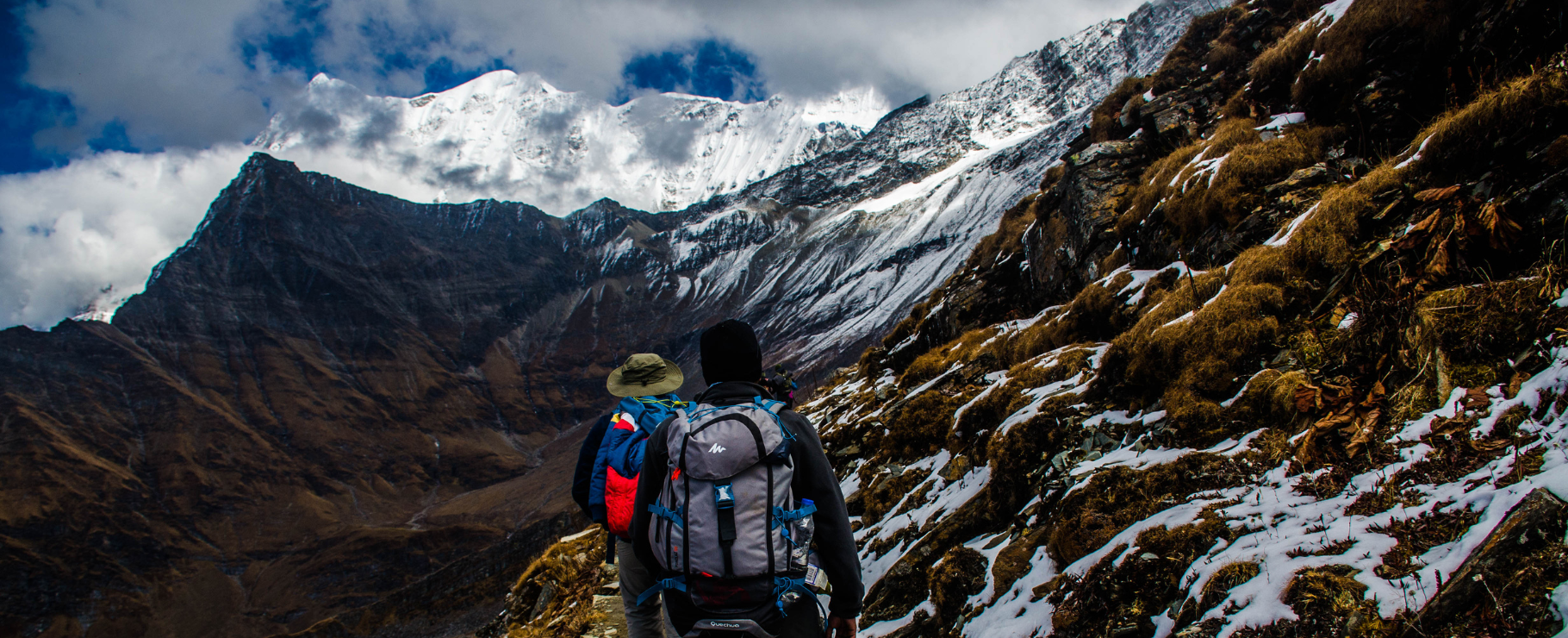Home » How to prevent altitude sickness on your climbs
How to prevent altitude sickness on your climbs
You must know everything
What is altitude sickness and why does it occur?
Altitude sickness, also known as acute mountain sickness (AMS), is a common condition that occurs when we ascend too quickly to high altitudes without giving our body time to acclimatize. Above 2,500 meters, the risk increases considerably, although sensitivity varies from person to person.
As we know well at Top Summits of the World, as we gain altitude, the amount of oxygen in the air decreases, meaning our body has to work harder to maintain adequate oxygen levels in organs and tissues.
If we ascend too quickly, our body fails to acclimatize properly, leading to a lack of oxygen in the brain, lungs, and other organs, triggering the symptoms of altitude sickness.
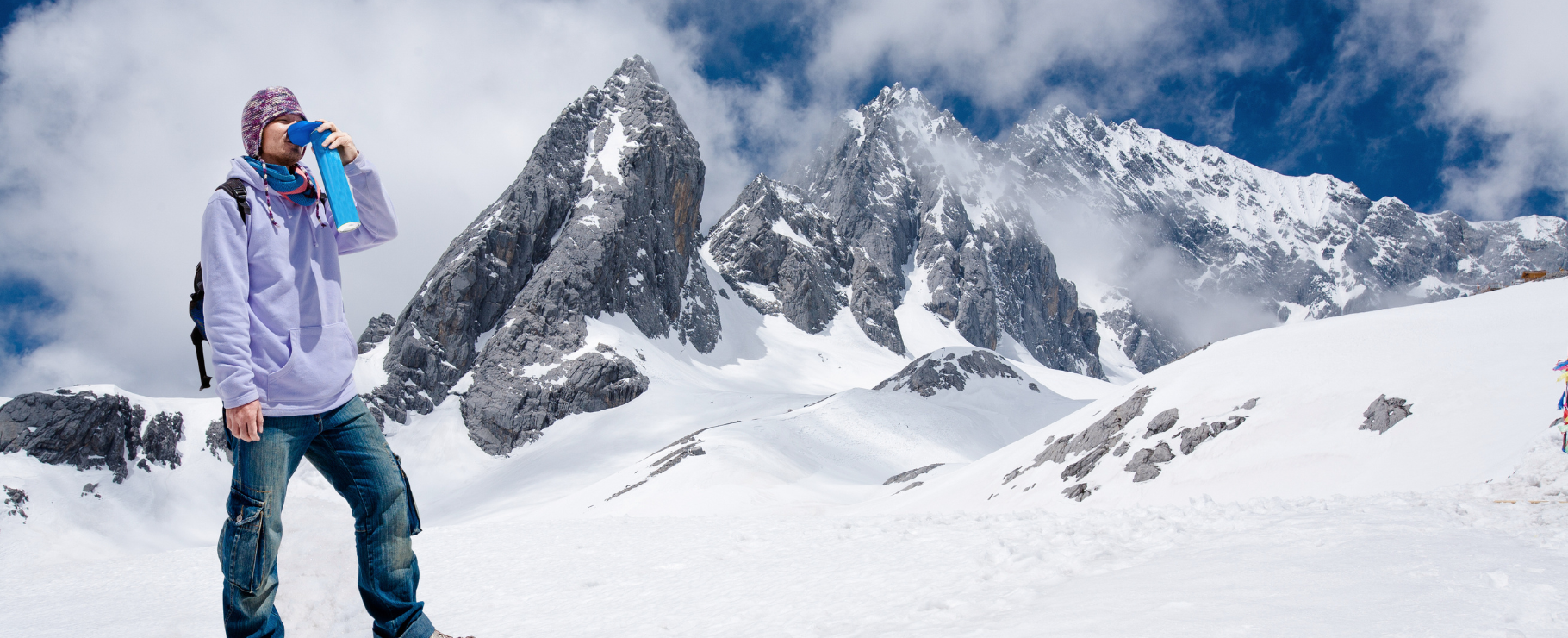
What are the symptoms of altitude sickness?
- Headache
- Nausea and vomiting
- Fatigue or weakness
- Dizziness or vertigo
- Loss of appetite
- Difficulty sleeping (insomnia)
How can we try to prevent altitude sickness?
At Top Summits of the World we always advocate proper preparation to minimize risks at high altitudes. Preventing altitude sickness is possible if we follow some simple but effective strategies:
Ascend gradually
The key to avoiding altitude sickness is to ascend gradually. It is advisable not to ascend more than 300-500 meters per day when we are above 2,500 meters. In addition, it is ideal to plan rest days at intermediate altitudes to give our body time to acclimatize.
Proper acclimatization
If we are planning to explore high peaks, it is important to give our body the time it needs to acclimatize. This means allowing at least one or two days of rest before undertaking intense activities at high altitudes. Patience is key in this process and can make the difference between a successful expedition or one cut short by altitude sickness.
Stay well hydrated
Dehydration can worsen the symptoms of altitude sickness, so it is essential to drink water regularly. At Top Summits of the World we recommend always carrying enough water and avoiding drinks such as alcohol or coffee, as they tend to dehydrate the body. Staying well hydrated helps our body acclimatize more easily.
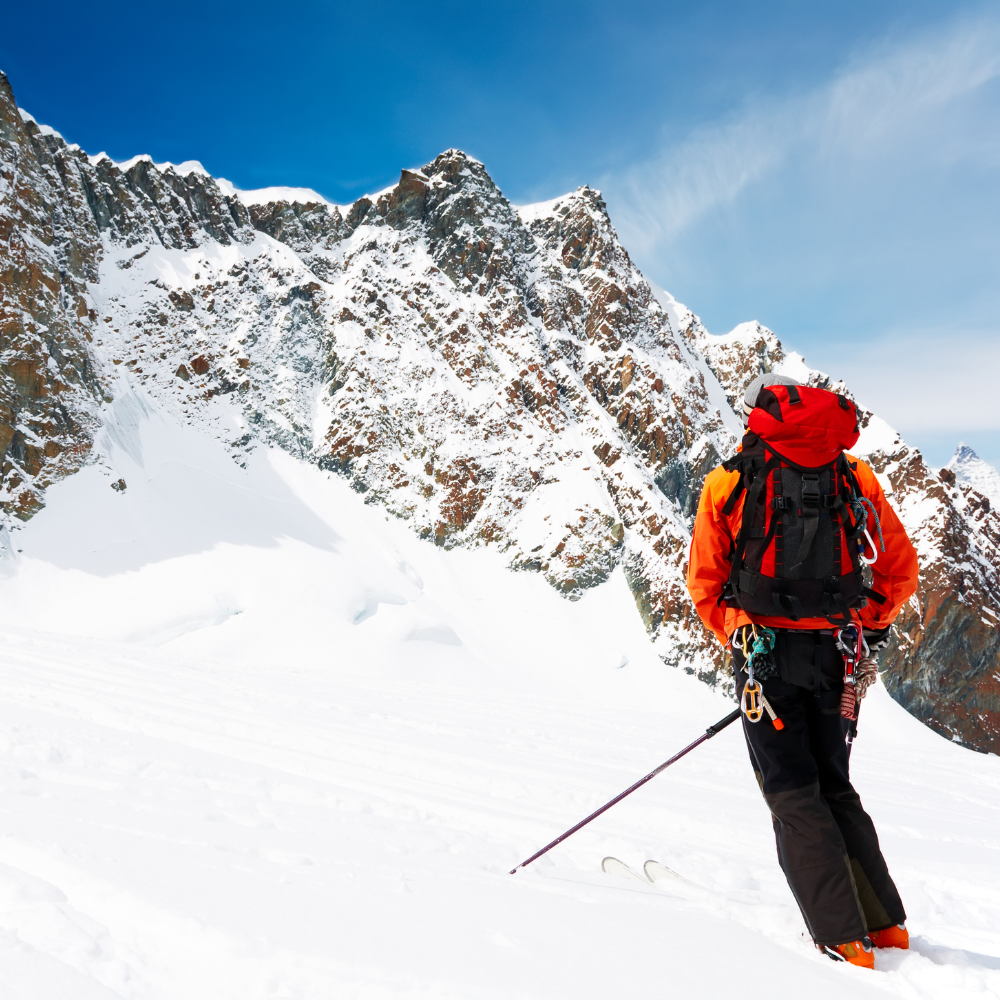
Hypoxia training
An advanced way to prepare for ascending to high altitudes is hypoxia training, a technique used to improve the body’s ability to function with reduced oxygen levels. This training simulates high altitude conditions and can be done in special hypoxia chambers or by using masks that restrict oxygen during exercise. Hypoxia training stimulates the body to produce more red blood cells, which improves tissue oxygenation and increases resistance to altitude sickness. At Top Summits of the World, we have observed that those who have incorporated this type of training into their preparation prior to high-peak expeditions have greater endurance and tolerance to altitude, significantly decreasing the risk of altitude sickness. It is important to note that this type of training should be done under expert supervision to avoid adverse effects.Avoid excessive efforts at the beginning
Although the temptation to explore new heights is great, it is best not to rush. The first few days at high altitudes should be taken slowly to allow our body to adjust. Avoiding strenuous physical activities in the first 24-48 hours is an excellent strategy to prevent altitude sickness.Eat carbohydrate-rich foods
During ascents, our body needs more energy to function properly at high altitudes. Carbohydrate-rich foods, such as pasta, rice, and fruit, are ideal for keeping energy levels high and helping the body use oxygen more efficiently.Watch for early symptoms
At Top Summits of the World we always stress the importance of listening to our body. If we start to notice mild symptoms such as headache or dizziness, it is crucial to stop the ascent and rest. Not ignoring the early signs is essential to prevent altitude sickness from getting worse.Treatment for altitude sickness: what to do when symptoms appear
Despite all the precautions we can take, we may experience symptoms of altitude sickness during our climbs. At Top Summits of the World, we know that acting quickly and appropriately is essential to prevent a mild condition from becoming more serious.
Key steps to take if you find yourself facing symptoms of altitude sickness:
- Descend to a lower altitude: If symptoms are persistent or worsening, the only effective solution is to descend to about 300-500 meters. This often alleviates symptoms considerably.
- Rest and recovery: Once at a lower altitude, rest is essential. The body needs time to recover from the effort and symptoms of altitude sickness. In this sense, adequate rest can cause symptoms to gradually subside.
- Proper hydration and nutrition: Drinking water is key to helping the body recover from altitude sickness. Dehydration can make symptoms worse, so it’s essential to ensure you’re well hydrated by drinking small amounts of water regularly. It’s also advisable to eat carbohydrate-rich foods to help you maintain energy levels and better cope with altitude conditions.
- Administer supplemental oxygen: Supplemental oxygen is a potentially life-saving measure in more severe cases of altitude sickness, particularly if the person affected is unable to descend quickly. Administering oxygen helps raise blood oxygen levels and can temporarily relieve symptoms while a descent is being arranged. Although this is not a permanent solution, it can be crucial in emergency situations until a safe transfer to a lower altitude can be made.
At Top Summits of the World we want you to enjoy every climb up the most challenging mountains on the planet. Preventing altitude sickness requires preparation, patience and a conscious approach to our body. By following these tips and taking the time to acclimatize, you will be better prepared to reach those impressive peaks without putting your health at risk. Because the summits of the world await us!
OUR LATEST PUBLICATIONS
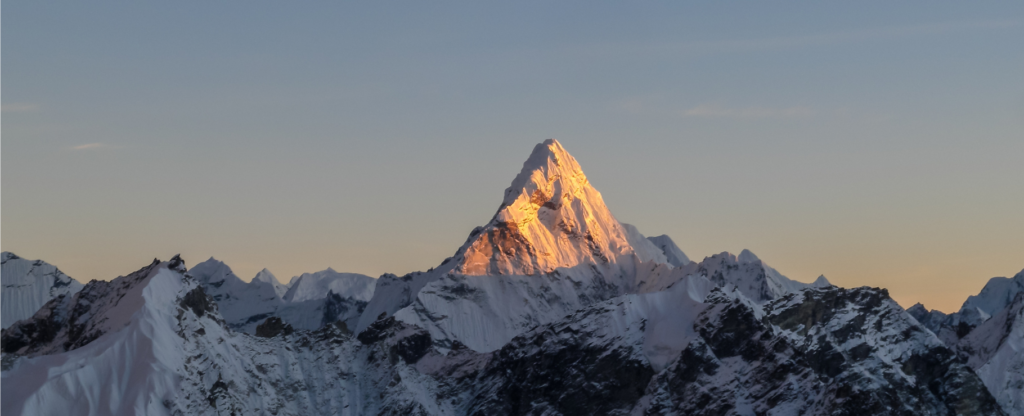
The five summits you can’t miss in Asia
From snow-capped giants to sacred volcanoes: a tour of Asia’s most fascinating peaks Asia is a continent of extreme contrasts. From the vastness of the

The 5 summits you can’t miss in South America
The most impressive mountains on the continent that every mountaineer must conquer South America is a paradise for mountaineering enthusiasts, with some of the most
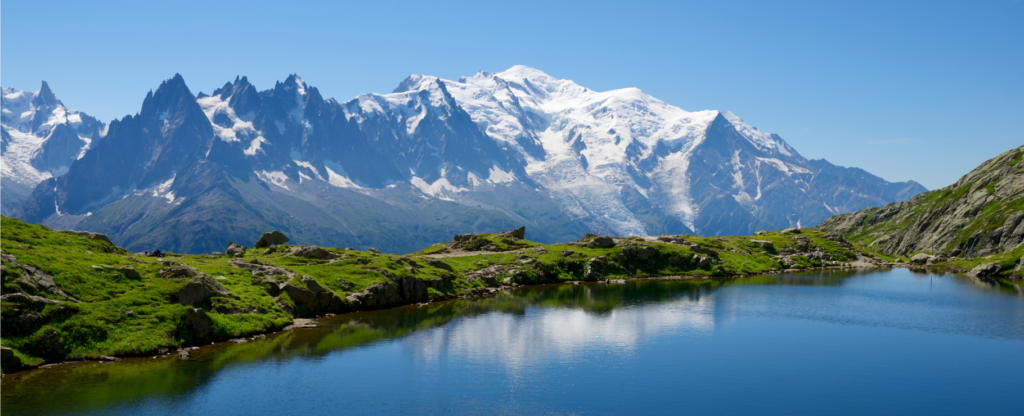
The 5 summits you can’t miss in Europe
Rediscovering Europe from its most emblematic peaks At Top Summits of the World our mission is to climb the highest mountains in each country and


